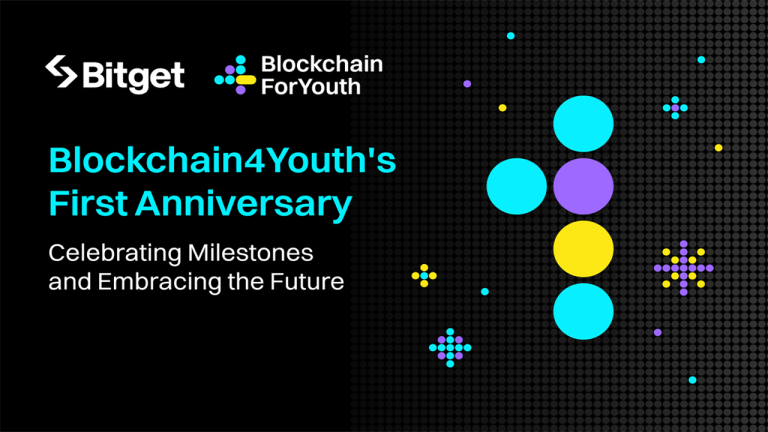
Bitcoin and altcoins declined sharply in the first quarter in a selloff that was partly triggered by a shift in central bank policy.
Cryptocurrency investment manager Galaxy Digital Holdings reported a sharp loss in the first quarter due to unrealized losses in its digital asset portfolio, underscoring heightened volatility in the digital asset sector in 2022.
Galaxy Digital reported a net comprehensive loss of $111.7 million in the quarter ending March 31, compared to a gain of $858.2 million in the same quarter of 2021, the company announced Monday. In addition to unrealized losses in its digital asset portfolio, Galaxy’s overall losses were also attributed to investments in its trading and investment businesses.
The firm did report aggregate profitability for its asset management, investment banking and mining operations. Investment banking and mining posted record revenue and net comprehensive income during the quarter.
Assets under management held by Galaxy Digital Asset Management declined 5% during the quarter to $2.7 billion.
Galaxy’s declining profitability in the first quarter reflected extreme volatility in the digital asset market as Bitcoin (BTC) and altcoins experienced multiple large drawdowns. The market appears to be entering a capitulation phase in May due to Bitcoin’s strong correlation with other risk-on assets.
Risk assets, including crypto, have nosedived ever since the United States Federal Reserve and other central banks decided to aggressively pursue rate hikes to combat soaring inflation. Last week, the Fed hiked interest rates by 50 basis points, marking the largest upward adjustment in over two decades.
Related: VC Roundup: Gaming, crypto fintech and blockchain infrastructure dominate venture capital rounds
Galaxy Digital, a crypto investment manager, founded by Mike Novogratz, is set to acquire institutional custodian service and wallet operator BitGo for $1.2 billion. https://t.co/QinaTE3PRE
— Cointelegraph (@Cointelegraph) May 5, 2021
Despite market volatility, crypto fund managers and venture capitalists continue to make large, strategic investments in the space. Galaxy plans to finalize its aquisition of BitGo later this year after first announcing its intent to buy the digital asset custodian in May 2021. Meanwhile, venture capital funding in crypto and blockchain projects reached a record high in the first quarter.












